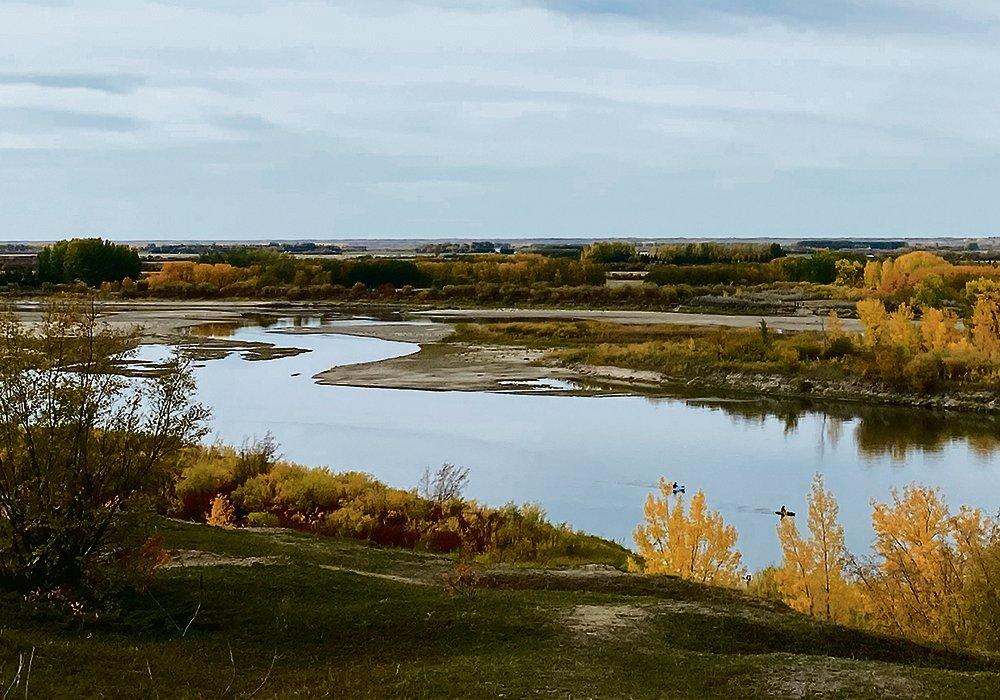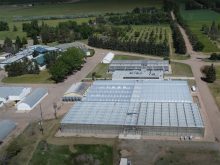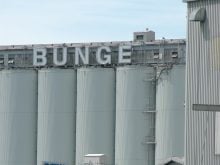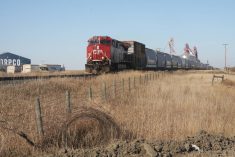Study found good water quality levels, but Alta. scientist says new development must be scrutinized before going ahead
Projects ranging from logging to open-pit coal mining in the Alberta headwaters of the South Saskatchewan River system need to be scrutinized before being approved, says a researcher.
Any development “really needs to be done in a careful way that minimizes the disruption of these really pristine and sensitive headwater ecosystems,” said Matthew Bogard, who is the Canada Research Chair in Aquatic Environments at the University of Lethbridge.
He was part of a team of scientists involved in a recent study examining the flow of dissolved organic carbon through the system. It included tributaries such as the Oldman, Bow and Red Deer rivers, which help provide water for communities and farmers across much of the Prairies.
Read Also
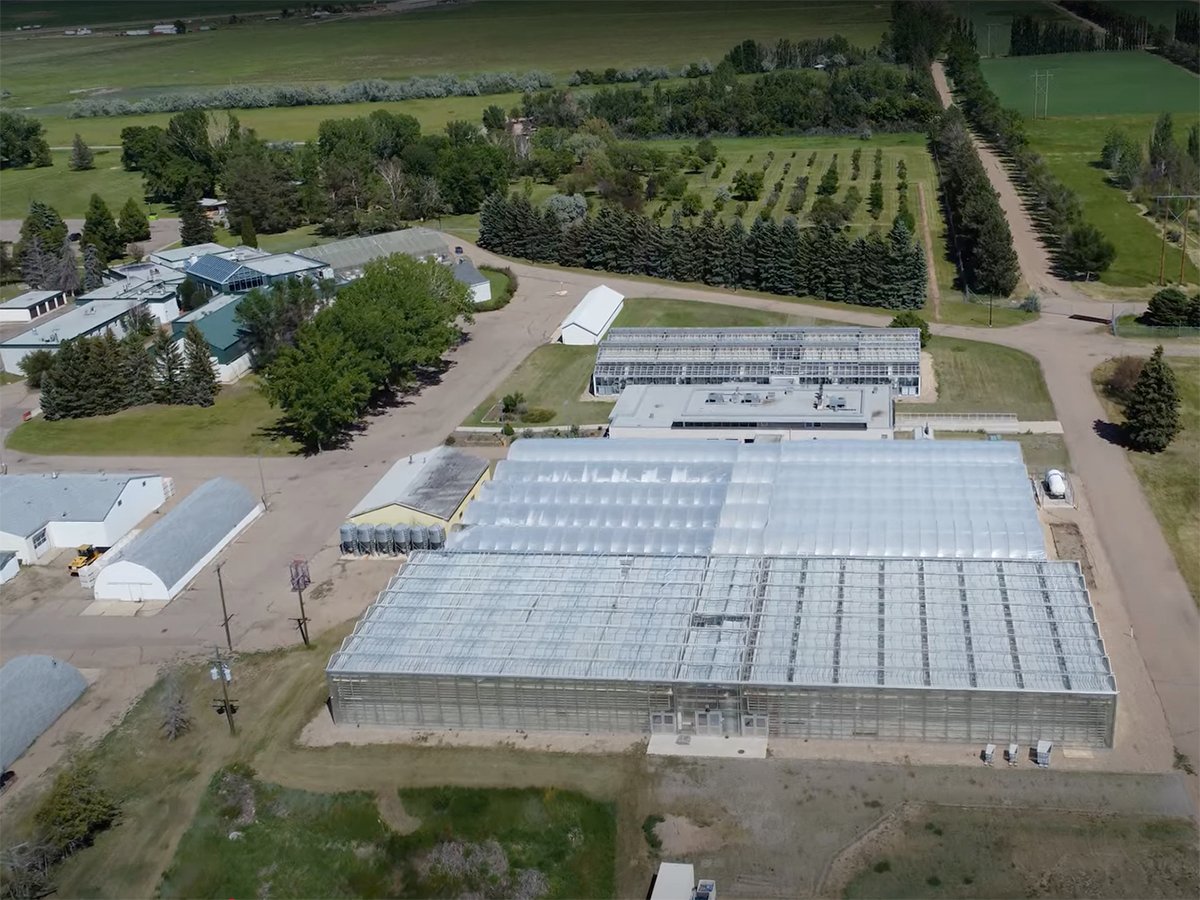
Alberta crop diversification centres receive funding
$5.2 million of provincial funding pumped into crop diversity research centres
Dissolved organic carbon is derived from natural sources ranging from bacteria and algae in the rivers to soil and forests in the rivers’ headwaters, which are within the Eastern Slopes of Alberta’s Rocky Mountains. The substance is not only dissolved by rain and melting snow moving through soil, but it also comes from plants and debris that are washed into the system, said Bogard.
“And so, when I explain this process to people, I always say it would be analogous to steeping your tea or percolating a coffee.”
Due to climate change and how weather extremes are increasingly interacting with the landscape to influence rivers, it is vital to get a better grasp of what’s happening in the Eastern Slopes, he said. “And if we intensify the land use in that landscape, those combined effects are really hard to predict without detailed investigation.”
Dissolved organic carbon is an important sign of the health of rivers, said a university statement.
“Too little carbon or a rapid decline in carbon content lowers the ability of a river to sustain life, while too much carbon or a rapid increase has ramifications for drinking water and other important ecosystem services.”
Higher concentrations can affect water treatment systems due to how they interact with chemicals during the disinfection process, resulting in unwanted byproducts that can be carcinogenic, said Bogard. “So, that’s especially relevant in other places around the world where we’re seeing really big increases in the quantity of organics in the water, and that leads to a lot of challenges for drinking water purification.”
Scientists also wanted to know if the South Saskatchewan River system is being affected by increasing effluent from sources such as feedlots or the growth of urban areas, he added. As a result, researchers examined publicly available data gathered each month from sites in the system during the last 20 to 40 years.
Bogard said the study did not detect any long-term changes in water quality.
“What we found was that we don’t see a really clear shift in one direction or the other when we look across the multiple decades of data that were available…. This is a good sign.”
Most of the dissolved organic carbon also seems to be naturally derived from headwater zones, said Bogard, pointing out the overall level is low.
“And because these headwater systems are naturally adapted to such low concentrations of organics in the water, even minor disruptions could really affect aquatic communities and the health of the rivers because these communities are adapted to pristine conditions.”
Understanding the current state of the South Saskatchewan River system is important for farmers and ranchers because it gives them a better sense of the quality of the water they rely on, he said.
“We’re really fortunate, especially in in the headwater regions, to have pretty good quality water.”
Alberta Energy Minister Sonya Savage recently restricted new coal mining and exploration in the Eastern Slopes pending the development of regional plans. Bogard said the study did not specifically address coal mining, which has sparked opposition ranging from producers to municipal leaders due to fears about water allocation and contamination from potentially toxic levels of selenium.
Researchers are not advocating against any particular types of projects in the Eastern Slopes by studying dissolved organic carbon, he said.
“But just establishing how changes are occurring through time in this aspect of water quality is important information for anybody interested in the patterns or the quality of the water for a lot of different uses.”


